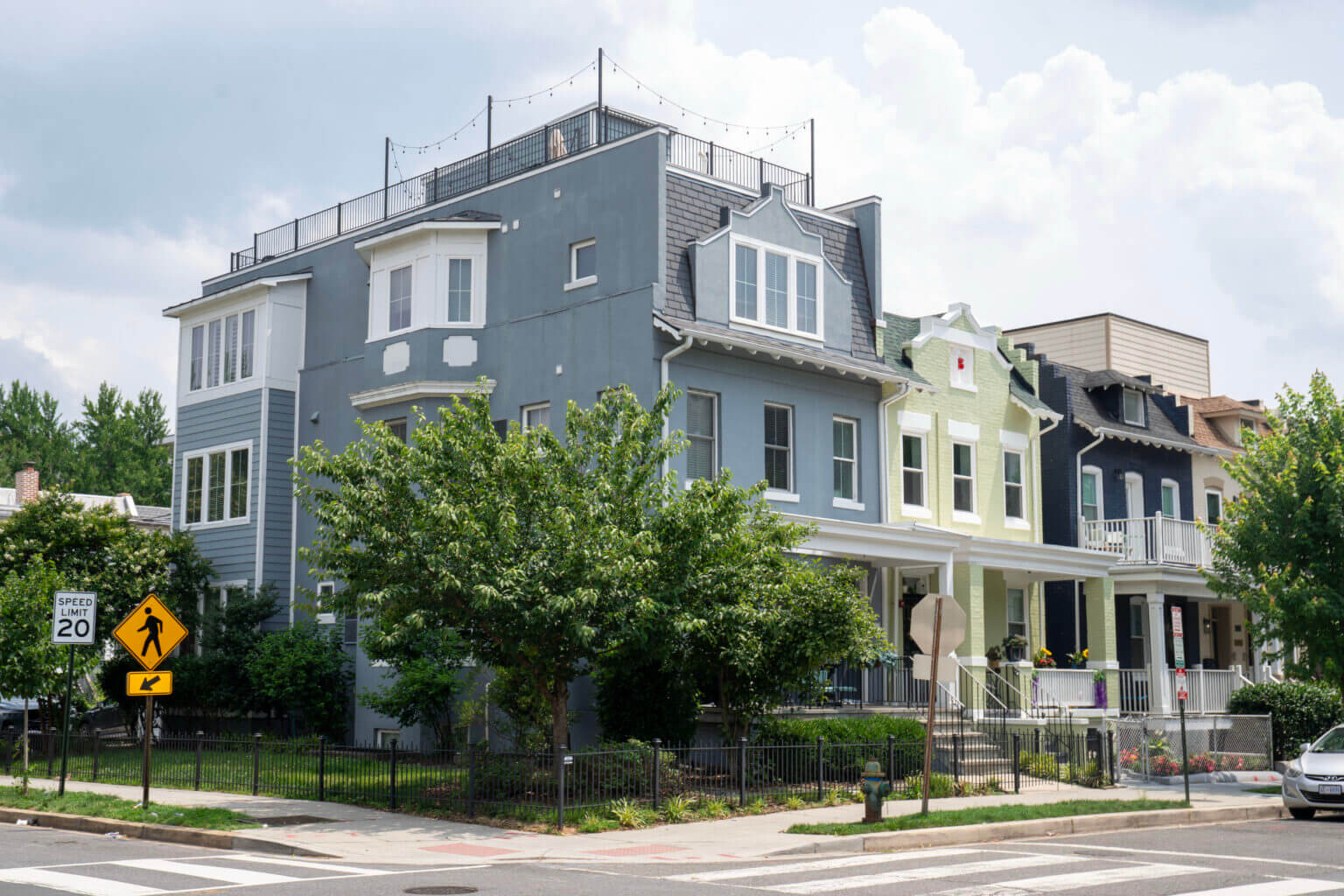Revitalizing Community Spirit in Trinidad: A Neighborhood on the Rise
From Sketches to Social Engagement: A Resident’s Journey
When Josh Kramer relocated to the vibrant Trinidad neighborhood of Northeast Washington in 2018, he embarked on a unique initiative that quickly garnered local attention. His routine of attending Advisory Neighborhood Commission (ANC) meetings and capturing the proceedings through humorous cartoon illustrations became a beloved community tradition. These sketches, initially shared online, evolved into a dedicated blog and eventually a comprehensive website-co-created with fellow residents-featuring neighborhood resources and updates. Today, this effort has blossomed into an active Facebook community with approximately 240 members, fostering ongoing dialogue and connection.
Kramer’s commitment to active participation was temporarily hindered during the COVID-19 pandemic, as virtual meetings diminished the personal touch of community engagement. Nonetheless, he emphasizes that physically attending meetings deepened his sense of belonging and investment in Trinidad. His creative documentation has become a catalyst for neighborhood cohesion, illustrating how grassroots efforts can spark broader community initiatives.
Community-Led Projects: Building Bonds and Supporting Local Needs
While formal organizations like the Trinidad Neighborhood Association, established in 2009, have faced periods of inactivity, informal community-driven activities continue to thrive. These include neighborhood block parties, farmers markets, and volunteer cleanups-events that serve as vital social hubs. The 2023 launch of a local farmers market exemplifies this grassroots spirit, providing residents with access to fresh, organic produce and fostering local commerce.
The market, situated at the Joseph Cole Community Center parking lot-an underutilized space-operates every Sunday from 8 a.m. to 1 p.m. and features nearly two dozen vendors. Young Kim, founder of the Sequoia School and a local entrepreneur, initiated the market after recognizing a community need for healthier food options. “It’s become a place where neighbors can meet, share ideas, and build relationships,” Kim notes, highlighting the importance of such spaces in today’s fast-paced world.
In addition to the market, community members organize volunteer efforts like neighborhood trash pickups and fundraising events for local schools. A notable initiative is the bi-monthly “buy nothing” exchange, started by Kramer and Gray Brooks, which encourages residents to share resources and support one another-an essential practice amid ongoing economic challenges exacerbated by the pandemic.
Trinidad’s Rich Heritage and Evolving Real Estate Landscape
Named after 19th-century landowner James Barry, Trinidad boasts a diverse architectural landscape, blending historic multicolored rowhouses with modern condominiums and multi-unit developments. This mix of housing options appeals to a broad demographic, from long-standing residents to newcomers working in the District. According to real estate expert Jason Martin of the Jason Martin Group, the neighborhood’s affordability compared to nearby Capitol Hill makes it an attractive investment opportunity, especially as regional market conditions soften and new developments, such as the upcoming Commanders stadium, promise to boost property values.
Recent real estate activity reflects Trinidad’s appeal: over the past year, three single-family homes sold, ranging from a spacious three-bedroom condo built in 2024 for $829,000 to a 1,600-square-foot rowhouse from 1951 that sold for $464,000. Additionally, 44 condos and 71 townhouses changed hands, indicating steady interest. Currently, prospective buyers can explore options like a newly renovated five-bedroom home priced at $1.3 million or a classic 1928 rowhouse listed at $550,000. The average rent for a one-bedroom apartment in the area hovers around $1,660, making it a feasible choice for many.
Community Resilience and Future Outlook
Longtime resident Gray Brooks, who moved to Trinidad in 2017, reflects on the neighborhood’s enduring character. His initial bond with a neighbor over parenting has blossomed into a broader sense of community, rooted in simple acts like greeting neighbors and participating in local events. Despite ongoing development, Brooks affirms that Trinidad is maintaining its unique identity. “It’s not losing what makes it special; it’s growing deeper and more resilient,” he states.
As new families and developments continue to shape Trinidad, community leaders and residents remain optimistic about its future. Efforts to revitalize neighborhood organizations and foster social connections suggest that Trinidad’s vibrant spirit is poised to thrive amid change.
Essential Information for Residents and Visitors
- Educational Institutions: Wheatley Education Campus (elementary and middle school), Dunbar High School
- Public Transit: D4 and D8 Metro buses traverse Montello Ave NE; the nearest Metro station is NoMa-Gallaudet U on the Red Line, approximately a 15-minute walk away
Trinidad’s story is one of resilience, community engagement, and ongoing transformation-an inspiring example of how grassroots initiatives and shared heritage can shape a neighborhood’s future.

